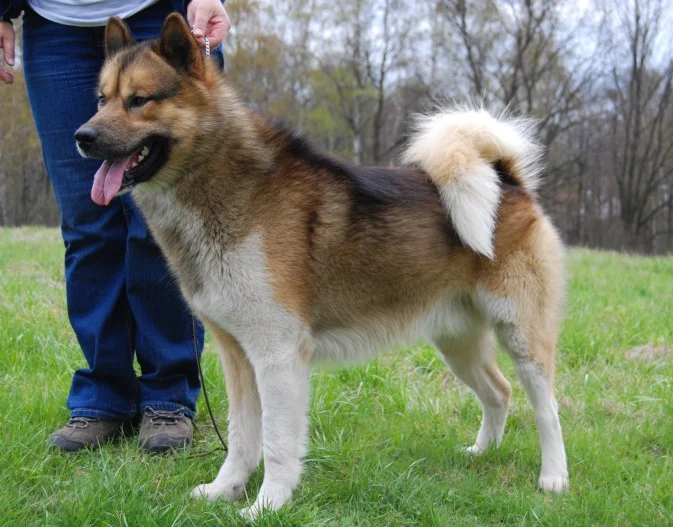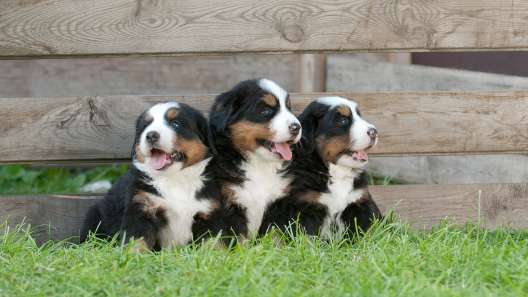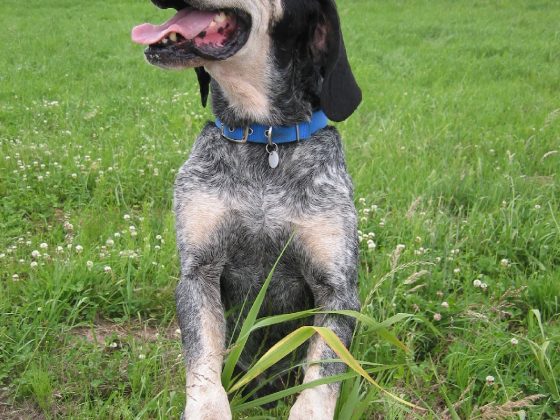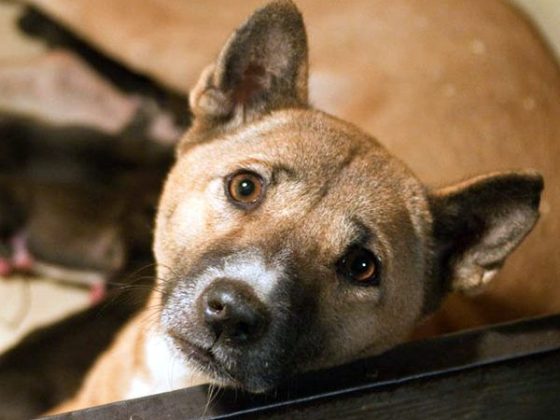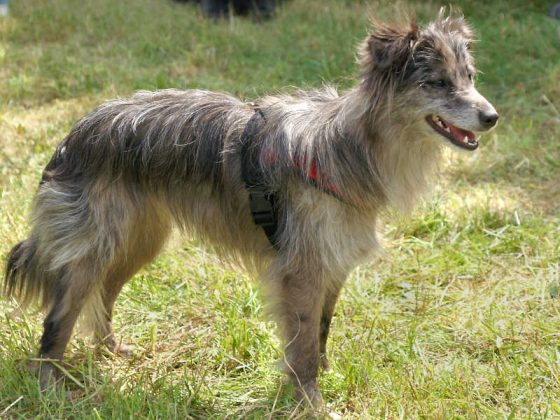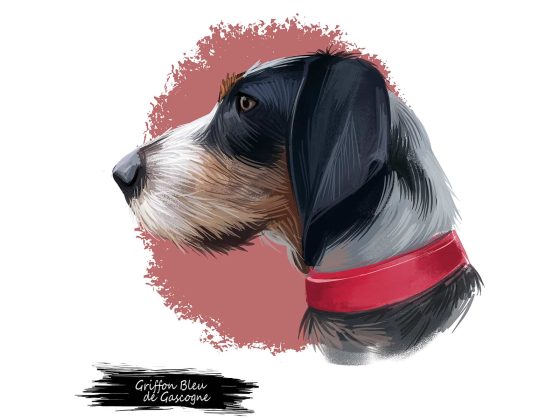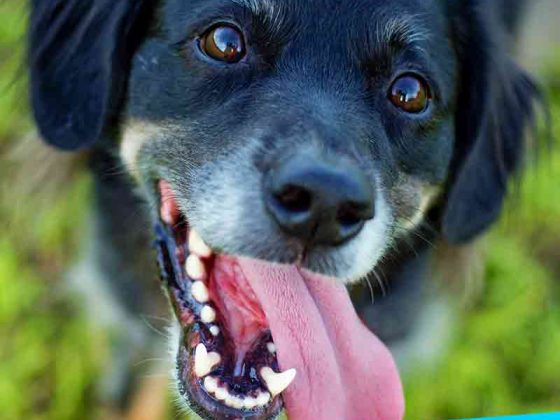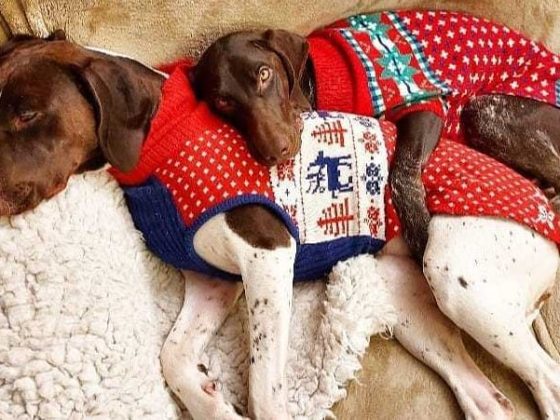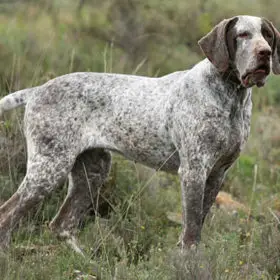The Greenland Dog, a breed of medium to large size, is traditionally used as a sled dog in the arctic areas of the globe. Although it bears a resemblance to breeds like the Canadian Eskimo Dog, Siberian Husky, or the Alaskan Malamute, the Greenland Dog is distinct and not related to these other breeds.
Currently, the breed is recognized and appreciated for its power and swiftness. They excel at pulling sleds, competing in races, and hunting. Additionally, they serve as excellent watchdogs and are highly protective of their owners. They also have a low-maintenance coat, making them easy to care for.
Origins and History
The Greenland Dog is believed to have originated approximately 12,000 years ago, with its presence in Greenland dating back around 4,000 years. The Thule people, who inhabited Siberia, brought them to North America about 1,000 years ago. It’s thought that these dogs were key to the Thule people, providing essential transportation.
Behavioral Traits of the Greenland Dog
Greenland Dogs are high-energy, independent, and loyal, but they can exhibit individual behaviors as they mature. They can be challenging to handle due to their stubborn nature, and hence, are better suited to seasoned dog owners.
As a working breed, the Greenland Dog is meant to respect a strong leader, so it’s crucial to establish yourself as the alpha to prevent behavioral issues. While they can be demanding and headstrong, these dogs are also sociable and make excellent family pets.
Greenland Dogs are not well-suited for apartment living as they require plenty of space to exercise and play. They can become noisy and destructive if not provided with sufficient physical activity and mental stimulation.
Training the Greenland Dog
Greenland Dogs are intelligent and absorb training lessons well, given consistent and firm instruction. However, they are not advised for first-time dog owners. Establishing yourself as the pack leader is crucial, or the training might become more challenging.
Greenland Dogs respond well to reward-based training and positive reinforcement, which helps keep them motivated. Ensure their training sessions end on a high note with praise and treats.
Are Greenland Dogs Child-Friendly?
Greenland Dogs make wonderful pets and are well-suited for families. They are friendly and bond well with children.
However, it’s essential to supervise interactions between Greenland Dogs and children to prevent accidental harm during play. Both the dog and the children should be taught appropriate behavior to avoid any incidents.
Fun Facts
Greenland Dogs were part of Roald Amundsen’s successful 1912 Antarctic expedition.
The Kennel Club recognized the Greenland Dog in 1880.
Health Considerations
Hip Dysplasia: This condition, characterized by an abnormal development of the hip joint, can cause discomfort and difficulty walking. It’s an inherited issue that sometimes cannot be treated, so it’s important to consider this before acquiring a Greenland Dog.
Bloat: Also known as gastric torsion, bloat is a serious condition that occurs when a dog’s stomach becomes engorged with gas, food, or fluid that it can’t process. It can occur suddenly, so monitoring your dog’s diet is crucial.
Colors
White
Black
Gray
White with Spots
Size
Height: Greenland Dogs typically stand between 22 – 25 inches (56 – 64 cm).
Weight: The average weight of a Greenland Dog is between 66 – 70 pounds (30 – 32 kg).


